 I hate jet-skis. They are noisy, exhaust-spewing and dangerous. I am amazed that more people don’t get killed by running them into other boats or seawalls, or just by falling off. I recently came across a potential alternative to these noxious beasts — the Quadrafoil, the first all-electric hydrofoiling personal watercraft. As reported by Gizmag:
I hate jet-skis. They are noisy, exhaust-spewing and dangerous. I am amazed that more people don’t get killed by running them into other boats or seawalls, or just by falling off. I recently came across a potential alternative to these noxious beasts — the Quadrafoil, the first all-electric hydrofoiling personal watercraft. As reported by Gizmag:
The radically finned Quadrofoil is described as a hydrofoiling personal watercraft (PWC), but unlike other PWCs the Quadrofoil produces marginal noise pollution, zero emissions, and creates only the tiniest of waves. As a result, the company claims the quad-finned watercraft could in theory access more environmentally sensitive areas where noise and wave disturbances are prohibited. (Video after the page break.)

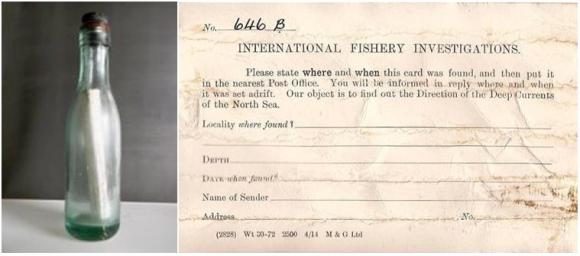 In 2014, we posted about a
In 2014, we posted about a 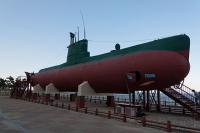
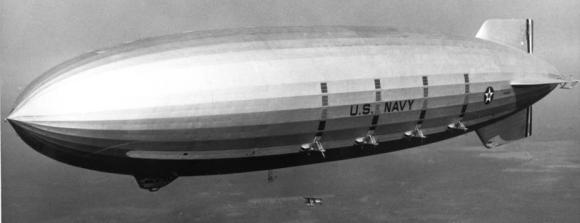
 My novel,
My novel, 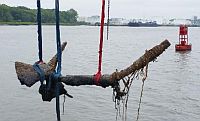

 Spirits of the Passage: Stories of the Transatlantic Slave Trade opened yesterday on board the ex-USCG cutter
Spirits of the Passage: Stories of the Transatlantic Slave Trade opened yesterday on board the ex-USCG cutter 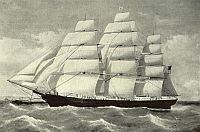
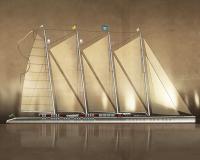 When delivered sometime in 2016,
When delivered sometime in 2016, 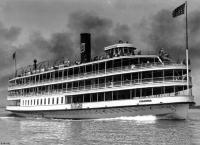 The 113 year old,
The 113 year old,  Great news! Congressman Jerrold Nadler (NY-10) and the South Street Seaport Museum announced that the Department of Homeland Security’s Federal Emergency Management Agency (FEMA) is awarding the museum $10.4 million from FEMA’s Public Assistance Program as part of federal efforts to assist in repairing damage caused by Hurricane Sandy in 2012.
Great news! Congressman Jerrold Nadler (NY-10) and the South Street Seaport Museum announced that the Department of Homeland Security’s Federal Emergency Management Agency (FEMA) is awarding the museum $10.4 million from FEMA’s Public Assistance Program as part of federal efforts to assist in repairing damage caused by Hurricane Sandy in 2012. Explosions at a warehouse containing hazardous materials
Explosions at a warehouse containing hazardous materials 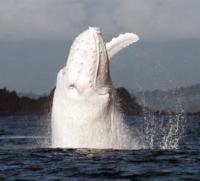 Recently, there has been considerable excitement over
Recently, there has been considerable excitement over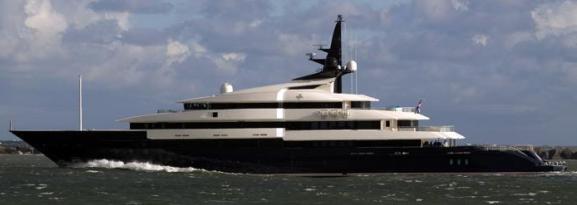 Movie director
Movie director 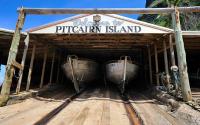 How would you like to escape to a tropical island, well off the beaten path, where land to build a house is free, temperatures stay above 62F all year round and there is even an internet connection? If that sounds good to you, you might want to consider Pitcairn Island.
How would you like to escape to a tropical island, well off the beaten path, where land to build a house is free, temperatures stay above 62F all year round and there is even an internet connection? If that sounds good to you, you might want to consider Pitcairn Island.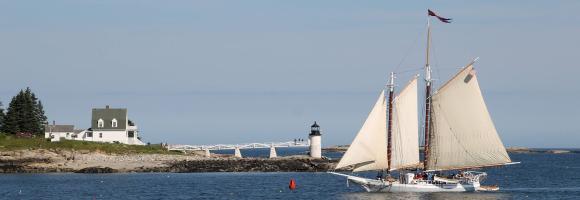 The 129 year old, 90 foot long schooner
The 129 year old, 90 foot long schooner